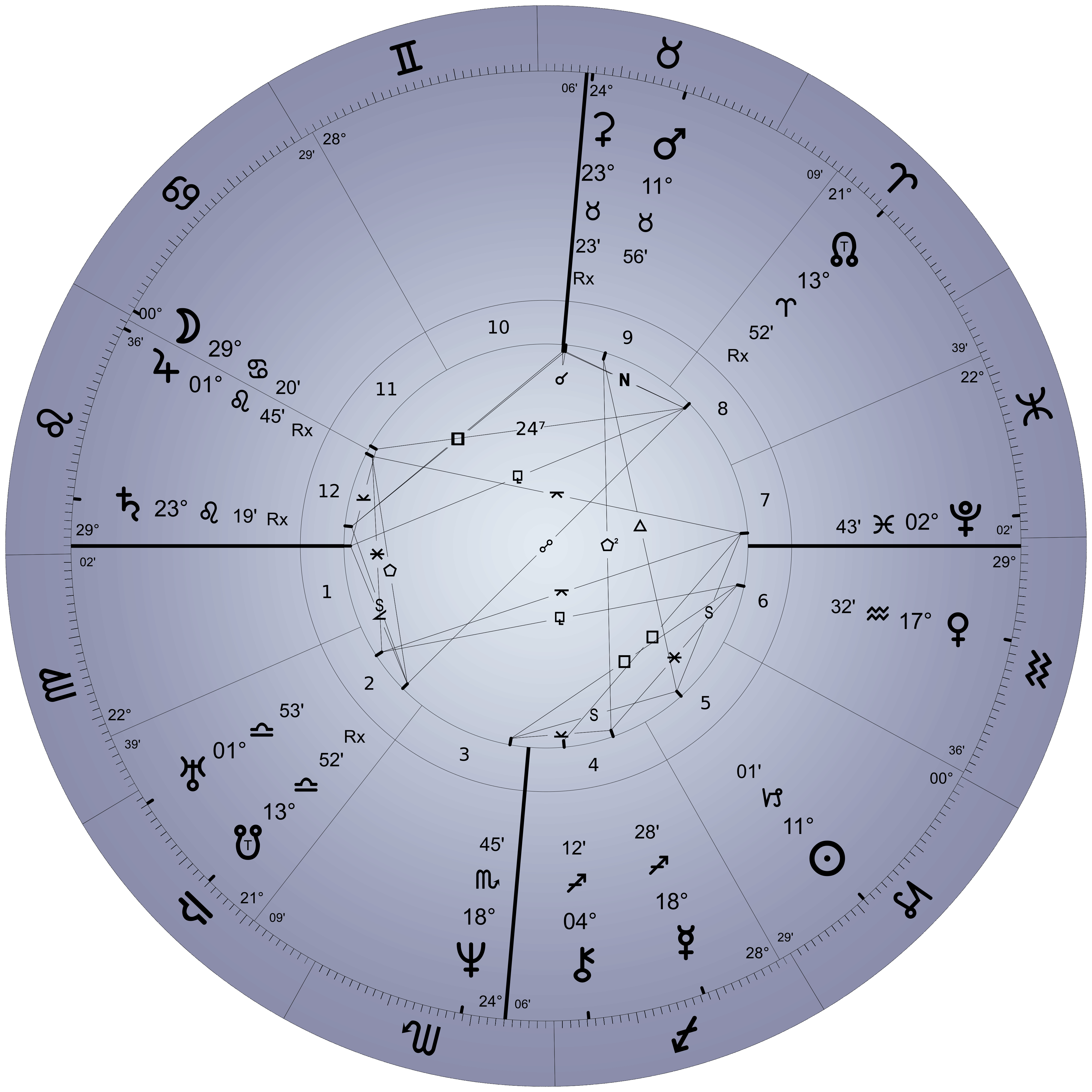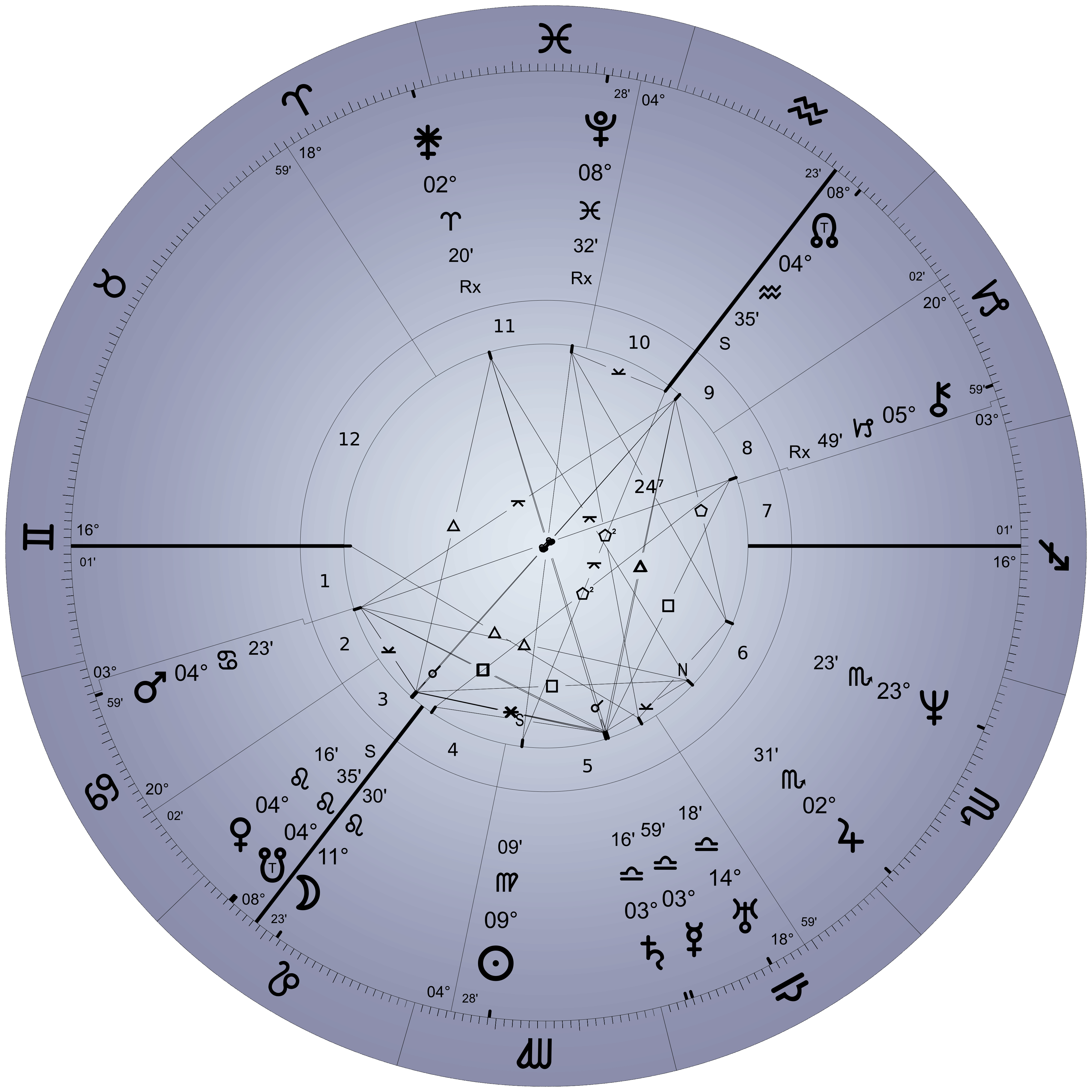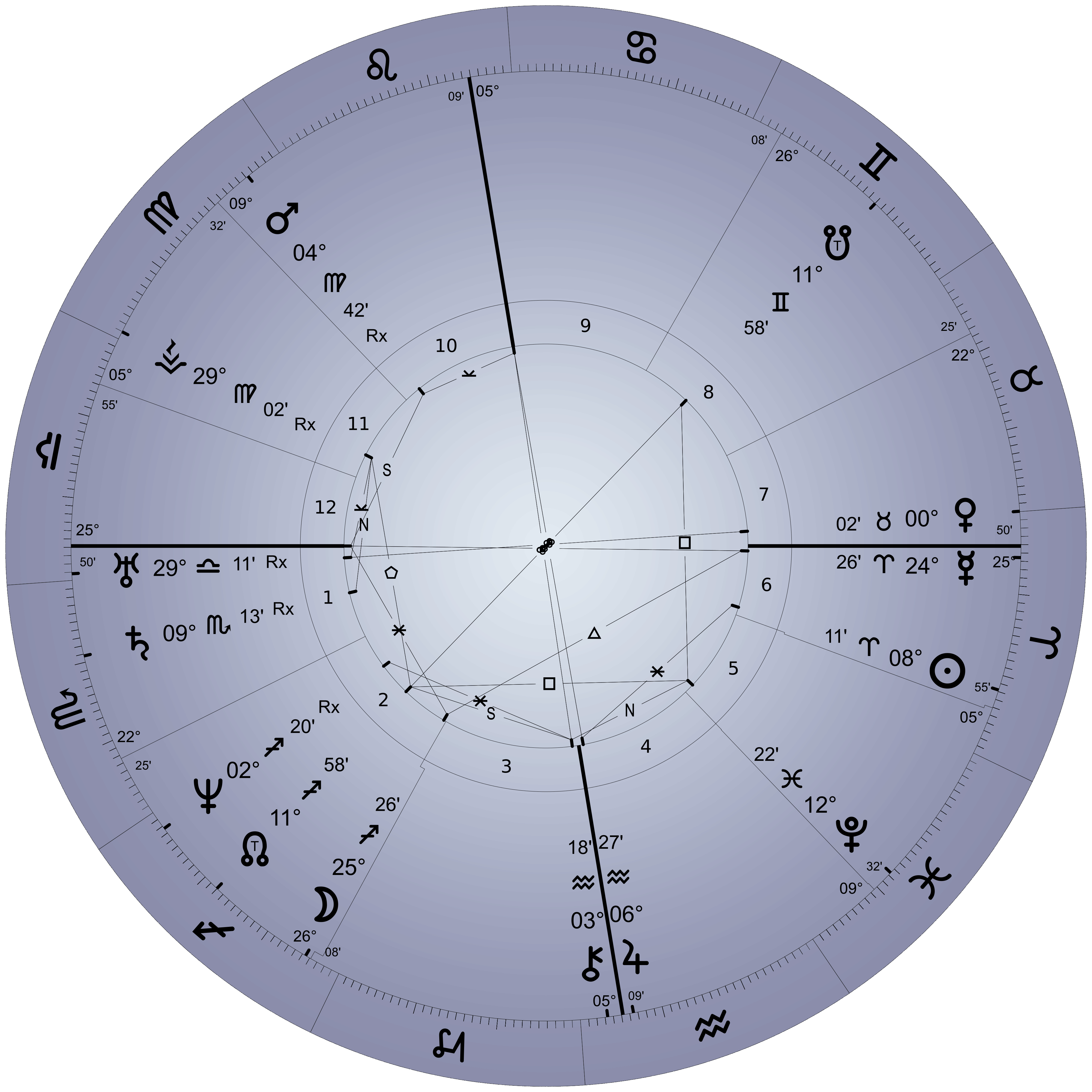Ceres

Discovered January 1st, 1801, 8:43 pm in Palermo, Italy by Giuseppe Piazzi.
The first asteroid to be discovered. It was classified as a planet to begin with, then an asteroid, and now, is considered a dwarf planet. Named after the equivalent of Demeter, the Olympian goddess of agriculture, grain, and bread who sustained mankind with the earth's rich bounty.
- North Node — 9°47' Gemini
- South Node — 25°41 Sagittarius
- Perihelion — 26° 16 Virgo
- Aphelion — 21°18' Aquarius
Degree Symbols by John Sandbach:
Taurus 24.
Omega Symbol: A man cataloging thousands of different types of microbes.
Pleiadian Symbol: A shaman’s bag full of many objects to be used for healing.
Azoth Symbol: On the summer solstice at sunrise a seer observes an important omen.
Keywords: Grief, nurturing
Pallas

Discovered March 28th, 1802, 8:45 pm in Bremen, Germany by Heinrich Wilhelm Olbers.
The second asteroid to be discovered, Pallas has the most eccentric orbit of the asteroids in the main belt. Named after the Goddess of Wisdom and War, Pallas Athena "represents one's mental creativity and the capacity to create and control one's reality," according to Demetra George.
- North Node — 3°08' Libra
- South Node — 09°39' Pisces
- Perihelion — 03° 59' Virgo
- Aphelion — 20°55' Capricorn
Degree Symbols by John Sandbach:
Virgo 30.
Omega Symbol: A man catching a ripe fruit as it falls off a tree.
Pleiadian Symbol: The locating of a particular frequency which, once tuned in to proliferates a wondrous harmony into the atmosphere.
Azoth Symbol: A woman senses the interconnected and simultaneous growth of everything.
Juno

Discovered September 1st, 1804, 10 pm in Lilienthal, Germany by Karl Ludwig Harding
Juno, the third asteroid to be discovered, is named after Hera, the wife of Zeus. In astrology, she is related to relationships, commitment, and at times, jealousy and anger.
- North Node — 29°30' Virgo
- South Node — 28°21' Aquarius
- Perihelion — 22°40' Gemini
- Aphelion — 20°18' Scorpio
Degree Symbols by John Sandbach:
Aries 4
Omega Symbol: A man destroying a wall as he attempts to eradicate black mold from a house.
Pleiadian Symbol: The thoughts and feelings of two lovers are changing the direction of the path on which they are walking.
Azoth Symbol: Letters formed of writhing glowing snakes.
Vesta

Discovered March 29th, 1807, 8:05 pm in Bremen, Germany by Heinrich Wilhelm Olbers.
Vesta is the fourth asteroid to be discovered, named after Hestia, the goddess of home and the hearth. A Virgin goddess, she represents using reproductive energy in a devotional matter. Her symbol is the flame. She presided over cooking of bread and preparation of the family meal.
- North Node — 06°45' Leo
- South Node — 25°41 Sagittarius
- Perihelion — 0°33' Sagittarius
- Aphelion — 07°10' Cancer
Degree Symbols by John Sandbach:
Virgo 30
Omega Symbol: A man catching a ripe fruit as it falls off a tree.
Pleiadian Symbol: The locating of a particular frequency which, once tuned in to proliferates a wondrous harmony into the atmosphere.
Azoth Symbol: A woman senses the interconnected and simultaneous growth of everything.
"Her virgin nature is defined in the ancient sense as being complete and whole in herself. Here Vesta uses the reproductive energy of Venus for self-regeneration. Vesta is the principle of focus and commitment which utilizes the creative energy in a one-pointed devotion and dedication toward specific goals and aspirations." —Demetra George